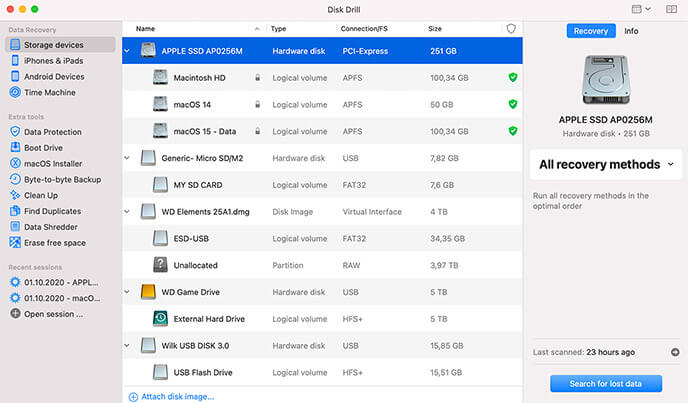
- #RECREATE A RECOVERY FILE FOR MAC OSX HOW TO#
- #RECREATE A RECOVERY FILE FOR MAC OSX UPGRADE#
- #RECREATE A RECOVERY FILE FOR MAC OSX PASSWORD#
- #RECREATE A RECOVERY FILE FOR MAC OSX LICENSE#
- #RECREATE A RECOVERY FILE FOR MAC OSX SERIES#
Now you need to wait for the restore to complete which can take many hours depending on the amount of data to restore and how you're transferring that data whether it be via ethernet cable or Wi-Fi. Select all for a complete restore.Īllow any upgrades to occur if prompted such as iTunes.
#RECREATE A RECOVERY FILE FOR MAC OSX PASSWORD#
#RECREATE A RECOVERY FILE FOR MAC OSX UPGRADE#
Now we can finally go ahead and perform the macOS High Sierra upgrade on our older Mac.Īgain the installer will automatically start and you simply follow the prompts or follow our macOS installation guide.įinally, we're ready to restore our backed up data.
#RECREATE A RECOVERY FILE FOR MAC OSX HOW TO#
The installer will automatically start and you can follow the prompts or you can look at how to upgrade your macOS install by following our guide.

Once re-installed, you'll quickly want to upgrade to macOS High Sierra. Once again, you'll need to wait a while while your Mac downloads the installation file from the internet. I strongly suggest to create an Install account rather than use your normal account name when preforming a fresh install so that when you come to the restoration process, you avoid any compatibility issues with having similar account names. You can follow our guide to install a fresh copy of OS X if you need help. However, I had to do a complete OS X install. You'll be tempted to try and run a restore from Time Machine and your certainly free to try it out to see if things will automatically start working (and if your APFS volume is intact you may be able to). You'll be happily greeted by a familiar (yet older looking) version of the repair utilities where you can restore from Time Machine, install OS X (not a typo since OS X was the default install on my 2010 Mac), or run Disk Utility (Again useless in my case since APFS was what my internal hard drive had running). You'll now have to wait while your system downloads the recovery utilities from the internet.
#RECREATE A RECOVERY FILE FOR MAC OSX SERIES#
Normally, if you have a modern Mac, an OS repair is a straight forward thing where you can reboot by pressing the Command-R keys at boot time and be presented with a series of tools to help you recover your Mac.įollowing that, you can either re-install (not wiping your personal data), run disk utilities to repair a hard drive (my intention), or wipe your hard disk completely and do a fresh install.
#RECREATE A RECOVERY FILE FOR MAC OSX LICENSE#
VPN Deals: Lifetime license for $16, monthly plans at $1 & more Dealing with older hardware Just because you have your data ready on a remote disk to be restored, doesn't mean you have a computer ready for you to restore to. In my previous life as a network and system administrator, I learned (the hard way) that backing up data is only part of the data protection process.

The recovery process is more involved than simply restoring from Time Machine.

If you have an older Mac and you perform Time Machine (or other) backups, sometimes that diligence might not be enough to get your system back up and running to an expected working state. I managed to successfully install GNU/Linux along side my macOS High Sierra installation however, when I went back to reclaim the disk space used by GNU/Linux for my macOS install running APFS, I was met with a failed boot screen. And in my fiddling I managed to completely FUBAR my beloved and venerable 2010 MacBook Air.


 0 kommentar(er)
0 kommentar(er)
